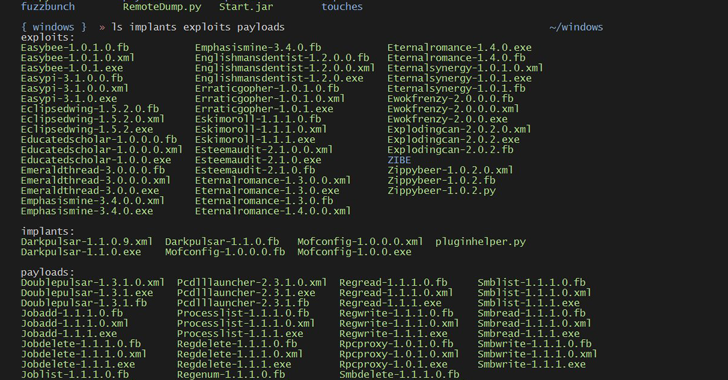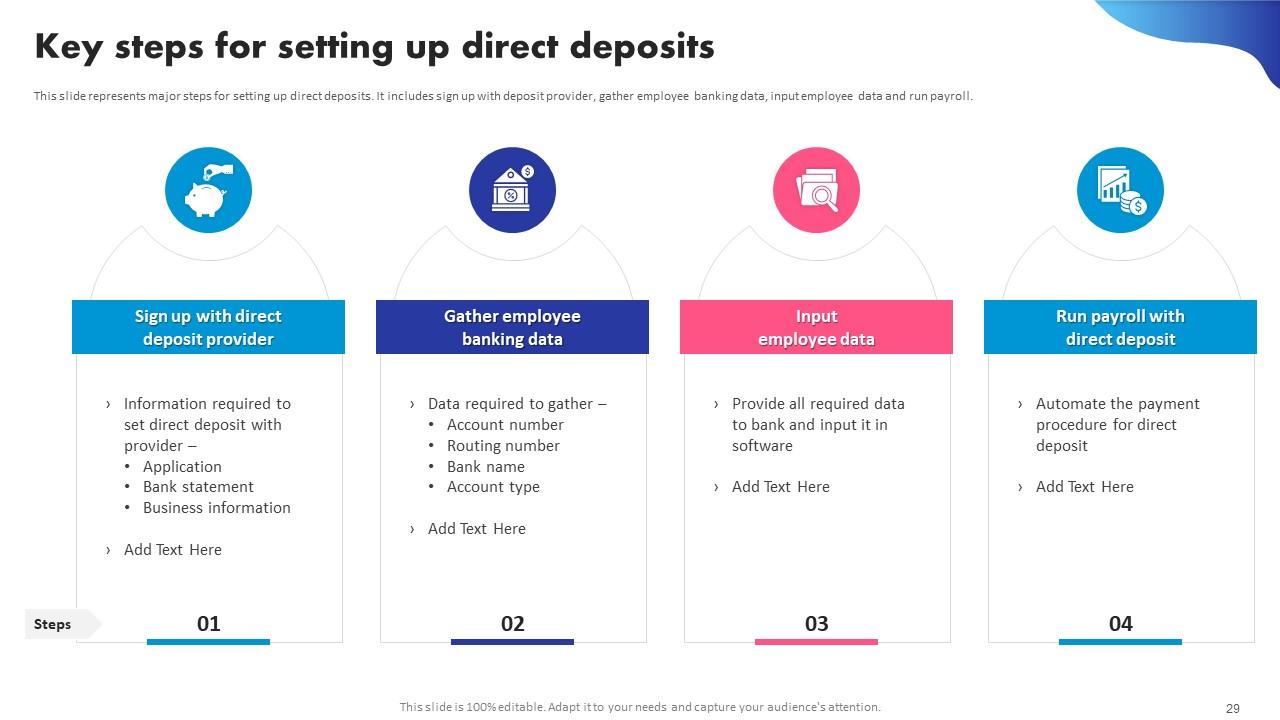Featured
Table of Contents

Vendors who find the vulnerability might develop patches or suggest workarounds to reduce it though individuals need to release that reduction to eliminate the vulnerability in their systems. Zero-day strikes are severe dangers. Prospective strike vectors for a zero-day vulnerability correspond well-known susceptabilities and those that have readily available patches. Therefore the formula for the length of the home window of susceptability is: t2 t1b. Note that t0 is not the very same as day no.
For normal vulnerabilities, t1b > t1a. This suggests that the software vendor was conscious of the vulnerability and had time to release a safety and security patch (t1a) prior to any type of hacker can craft a convenient exploit (t1b). For zero-day exploits, t1b t1a, such that the manipulate ends up being active prior to a patch is provided.
It has been suggested that an option of this kind may run out reach due to the fact that it is algorithmically difficult in the basic case to examine any type of arbitrary code to establish if it is malicious: thus an analysis minimizes to the halting problem over a linear bounded robot, which is unsolvable.
3 Simple Techniques For Banking Security
Many modern-day antivirus software application still uses trademarks however also performs various other sorts of evaluation. [] In code evaluation, the machine code of the file is evaluated to see if there is anything that looks dubious. Usually, malware has particular behavior; code analysis attempts to identify if this exists in the code.

An additional limitation of code evaluation is the time and sources available. In the affordable globe of antivirus software, there is always a balance in between the efficiency of analysis and the time delay included.
This can be orders of size much faster than examining the exact same code, but need to resist (and identify) attempts by the code to identify the sandbox. Common signatures are trademarks that are certain to particular behavior as opposed to a particular thing of malware. A lot of new malware is not absolutely novel, but is a variation on earlier malware, or contains code from one or even more earlier examples of malware.
The Only Guide for Banking Security
Organized in a safe and secure and durable cloud environment, Our cutting edge, scalable solutions are made to increase innovation and help economic organizations deliver the experiences customers demand now and in the future. We provide public and personal crossbreed cloud holding solutions, with deployments both in our very own totally redundant and highly readily available data centers based in the United States, also on the AWS public cloud, operating 24-hour a day, 365 days a year, under one of the most rigorous top quality and safety standards.
The money conversion cycle (CCC), additionally called the web operating cycle or money cycle, is a statistics that expresses, in days, how much time it takes a company to transform the money spent on inventory back into cash from offering its item or solution. The shorter the cash money cycle, the better, as it indicates much less time that money is bound in accounts receivable or supply.
This statistics considers exactly how much time the firm needs to sell its stock, just how much time it takes to collect receivables, and just how much time it needs to pay its bills. The CCC is just one of a number of quantitative actions that help review the effectiveness of a firm's operations and administration.
Not known Factual Statements About Banking Security
One should remember that CCC uses only to choose fields based on supply management and relevant operations. The cash conversion cycle (CCC) is a statistics that reveals the length of time (in days) that it takes for a firm to transform its investments in stock and other resources into cash streams from sales.
g., year = 365 days, quarter = 90) The initial stage concentrates on the existing supply level and represents how long it will take for business to offer its stock. This figure is calculated by utilizing the days stock impressive (DIO). A reduced worth of DIO is chosen, as it suggests that the company is making sales quickly, indicating much better turn over for business.

Supply=21(BI+EI)BI=Starting stock, EI=Ending inventory The second stage focuses on the current sales and represents the length of time it requires to collect the cash money produced from the sales. This figure is computed by utilizing the days sales exceptional (DSO), which separates typical accounts receivable by profits each day. A reduced value is chosen for DSO, which shows that the firm has the ability to collect funding quickly, in turn improving its money setting.
The smart Trick of Security Consultants That Nobody is Discussing
Accounts Receivable=21(BAR+EAR)BAR=Start AREAR=Ending AR The third stage concentrates on the current superior payable for business. It takes into consideration the quantity of money that the company owes its current distributors for the supply and items it acquisitions, and it stands for the duration in which the firm must settle those obligations.
Enhancing sales of supply commercial is the main way for an organization to make more earnings. But how does one sell extra stuff? If cash is quickly offered at normal intervals, then one can produce even more sales for revenues, as constant availability of capital brings about a lot more items to make and sell.
A business can also market products on credit report, which results in accounts receivable (AR). Money isn't a variable until the business pays the accounts payable and collects the accounts receivable. Timing is hence an essential aspect of cash administration. CCC traces the life cycle of cash used for company activity.
Banking Security Fundamentals Explained
CCC may not offer significant inferences as a stand-alone number for a provided period. Analysts use it to track an organization over several amount of time and to contrast the business to its competitors. Tracking a business's CCC over several quarters will show if it is boosting, maintaining, or intensifying its operational efficiency.
Latest Posts
Do-it-yourself Plumbing Can Be Fun For Anyone
Facts About Diy Plumbing Uncovered
The 7-Minute Rule for Diy Plumbing